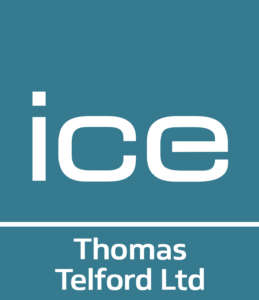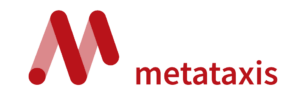Comprehensive content audit provides critical insights and powerful results
Introduction
Thomas Telford is the publishing arm of the Institution of Civil Engineers (ICE), responsible for creating specialist products and services for the civil engineering and construction markets, including the bestselling NEC® suite of contracts and guides.
Business drivers
This leading international publisher was looking to improve and modernise the way it delivered its model contract products – through the introduction of digital publishing across the organisation. Metataxis has previously worked with Thomas Telford, having provided support for a project to develop a digital publishing platform, whereby we were responsible for creating the supporting ontology. This ontology underpinned navigation and search to improve the user experience and ensure customers were more easily connected to the products they needed.

Metataxis was approached by the publisher to undertake a content audit, in order to evaluate at all the products and information available to Thomas Telford’s customers and obtain a clearer understanding of the scale, scope and value of their existing content.
This content audit would not only support the development of the ontology, by identifying topics and themes covered within their model contract products but would also serve to inform the development of a long-term content management strategy.
Key requirements
The content audit needed to identify:
- the types of contract content the client held (model clauses, templates, guides etc)
- how much content was held and what were its key properties (formats, etc)
- what systems were used to store and present content to customers
- who was responsible for creating and managing the content
- what commercial value did the content hold
- what topics and themes were covered within the content
- what measures are currently in place to manage the content
A key priority for the publisher was to gain an understanding of whether there were opportunities to use existing content to develop new products for their customers.
The Metataxis approach
Getting the scope right for the content audit was critical. We worked very closely with the Thomas Telford team to ensure they were satisfied with the project scope before work began. This meant sitting down with the team to gain a good understanding of the insights they wanted to gain from the content audit, what their priorities were in terms of outcomes and what was outside of the project scope. Once all the decisions regarding the scope of collections were complete, the audit criteria and priorities were agreed to ensure the content audit outcomes were relevant and added value to the business.

With a sharp focus on the suite of content types relating to the publisher’s model contract products, Metataxis carried out the content audit, using key requirements as the basis for developing the content audit report. The final report provided content type level details in line with the key requirements, but also highlighted areas where there were opportunities to better manage content. The report also recommended where there were opportunities to gain greater value from existing content and where there could be opportunities to develop new products in the future.
The content audit also sought to identify common themes and topics which were identified within content collections. This included understanding any indexing, key terms or even website tagging already in use which could potentially be incorporated into taxonomies and ontologies. Processes used to identify and manage any existing taxonomies were examined to evaluate the relevance of terms and the robustness of their management.
The content audit was also accompanied by an inventory which provided a comprehensive list of content reviewed within the audit. This also acted as a preliminary central content list which could inform more sophisticated content management systems in the future.
The content audit report has provided Thomas Telford with a set of useful and valuable insights, helping them better appreciate the value of the content they currently hold and to ultimately support the modernisation and management of all their publishing assets.
Previously, different areas of the business had a good understanding of the content held in the organisation, but the content audit revealed a comprehensive overview which surfaced areas of overlap, gaps and opportunities for more joined up processes to manage content more consistently.
The content audit also supported the development of the digital publishing platform by reviewing any informal taxonomies or term usage already in place. This information was ingested into an ontology for the digital publishing platform. The publisher also gained some assurance of their existing practices for labelling web content, as well as recommendations for how this may be incorporated into a more organisation-wide approach to taxonomy governance.
While the focus of the content audit was content, rather than systems, the content audit also provided valuable insights into the current use of systems used to store or present content to customers. Again, the audit was able to highlight areas where improvements could be made.
Furthermore, the content audit has also formed a critical foundation for the future development of their content management strategy. The content audit report enables content management staff to gain a high level and yet detailed view of all the types of content.
Armed with this greater visibility of products and services, Thomas Telford is well prepared to power product digitisation and futureproof their publishing business.
More success stories
Managing the whole records lifecycle
Learn how we helped how a UK heritage institution assess its Archive collections and records lifecycle management practices to achieve Archives accreditation standard.
Records remediation addresses compliance challenge
Learn how we helped how a a multinational insurance firm maintains compliance and saves storage costs with a new records remediation programme.
Addressing records management retention
Read how we helped a global organisation maintain compliance and professional reputation with clear records management retention policies.




